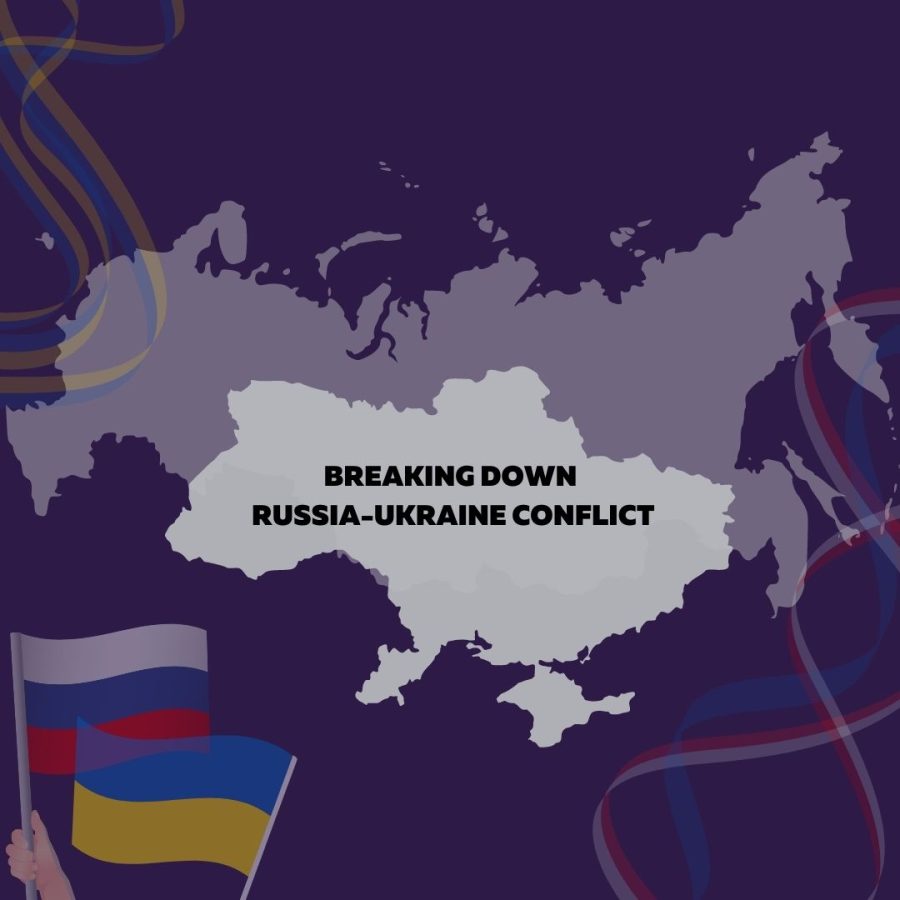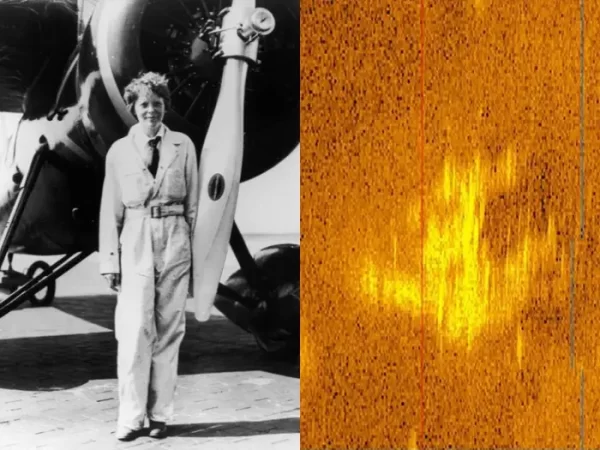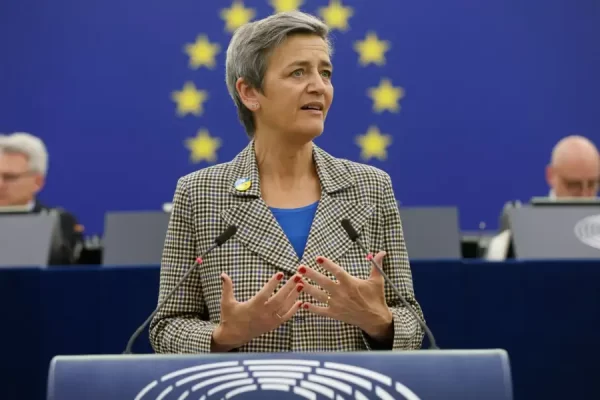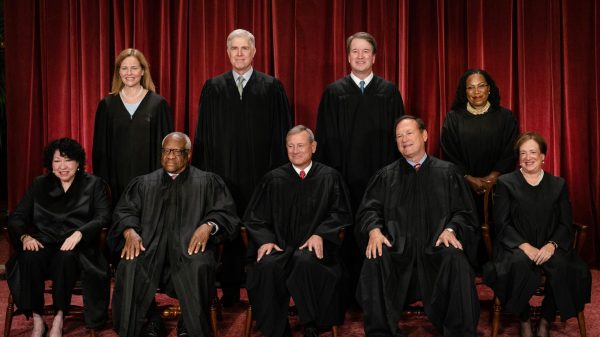Breaking down Russia-Ukraine conflict
Where it all began
On Dec. 26, 1991, the Soviet Union collapsed, leaving countries like Ukraine detached from a global superpower. Ukraine at the time had the third largest atomic arsenal in the world, according to Vox. In order to remove the mass amount of atomic weapons, the United States and Russia worked with Ukraine to “denuclearize the country,” with the expectation that Ukraine would be protected from potential Russian aggression.
It was not until the 1994 Trilateral Statement that Ukraine agreed to surrender their nuclear weapons in exchange for protection from Russian threats and the value of those warheads from Russia.
It was not until Feb. 20, 2014 that Russia broke the Trilateral Statement agreement.
Ukrainians were protesting against their president, Viktor Yanukovych, and his Russian ideologies. Younger Ukrainians wanted a president who was loyal to their country, not a president who was seeking Russian validation. This left Ukraine in a vulnerable position that provided an advantage for President Putin and Russia to invade.
Although Russia guaranteed Ukrainians’ protection, they ended up taking the Crimean Peninsula and successfully separated Crimea from Ukraine.
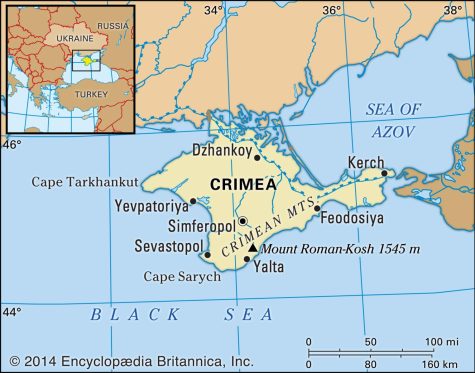
Since the annexation of Crimea, Russia has tried to gain total control of Ukraine. The eastern side of Ukraine includes the regions of Luhansk and Donetsk. Despite living in Ukraine, the people of these regions still identify as Russian.
From these two regions, rebel groups formed. They are known as Donetsk People’s Republic (DPR) and the Luhansk People’s Republic (LPR). They aim to seize Ukraine and return it to Russia.
Becoming a sovereign nation
In order to solidify their independence, Ukraine sought to join NATO (North Atlantic Treaty Organization).
NATO is a trade organization, as well as an intergovernmental military alliance, between 30 countries. NATO was founded in the aftermath of World War II as threats from the Soviet Union loomed. Its goal is to form alliances between countries and promote cooperation among all of the members.
Ukraine officially submitted an application to become a member of NATO in February 2008. Though they are not a member of NATO, they are considered a partner country.
According to NATO, partner countries “develop cooperation with NATO in areas of mutual interest, including emerging security challenges, and some contribute actively to NATO operations either militarily or in some other way.”
The capital of Ukraine is Kyiv. President Putin’s eyes have turned toward the city where more than 3 million people live. Putin believes gaining control of Kyiv will lead to it’s return to Russia and the abrupt stop of NATO’s expansion eastwards.
“We are fighting to be equal members of Europe,” Ukraine’s President Volodymyr Zelenskyy said in a statement to the european parliament. “I believe that today we are showing everybody that is what we are.”
United States involvement
During his State of the Union address, President Joe Biden said he would not be sending U.S. troops to Ukraine to help evacuate Americans currently living there.
“Our forces are not and will not be engaged in the conflict. The U.S. has no intention of fighting Russia, and would not consider any scenario that included sending U.S. troops to evacuate Americans in Ukraine,” said Biden.
Although Biden was adamant not to send troops to Ukraine, the U.S. did send additional troops and fighter jets to eastern european countries including Poland and Romania throughout the past few weeks, including the deployment of 7,000 additional troops to Germany, according to ABC News.
During a press conference taking place on Feb. 24, 2022, Biden confirmed U.S. defensive measures taking place regarding NATO territory. The U.S aims to protect NATO’s eastern territory with full force, but will not be involved in the physical dispute between Russia and Ukraine.
“Our forces are not going to Europe to fight in Ukraine but to defend our NATO allies and reassure those allies in the east,” said Biden. “We want to send an unmistakable message, though, that the United States, together with our allies, will defend every inch of NATO territory and abide by the commitments we made to NATO.”
Since Russia and Ukraine are both not a part of NATO, NATO is looking for ways to prevent their countries from getting caught in the crossfire.
According to USA today, the US has roughly 90,000 troops stationed in Europe, the biggest settlement located in Germany. Biden later confirmed that he has authorized U.S. forces and equipment already stationed in Europe to move to Estonia, Latvia, and Lithuania.
Putin’s reasoning
One of the main reasons Russia’s President Vladimir Putin declared war was for the “demilitarization and de-Nazification” of Ukraine
Russia’s foreign military accused western countries of silencing war crimes in Ukraine, stating that they “encouraged the onset of neo-Nazism and Russophobia.”
President Zelensky questioned why such actions are required.
“You are told that we are Nazis,” he said. “How could a people that lost more than 8 million people in the fight against Nazism support Nazism?”
President Zelensky himself is of the Jewish ethnicity, and lost relatives in the Holocaust.
Ukraine’s president warned Russians that he would protect his nation if the Russian military invaded.
On Feb. 20, 2022, President Putin held a state television broadcast with the National Security Council to discuss the deployment of Russian troops to the eastern side of Ukraine.
On Feb. 24, 2022, Russia began their full scale invasion on Ukraine with multiple ballistic missile attacks on cities and the deployment of tanks and other artillery on the nation.
“We know for sure we do not need a war — not a cold one, not a hot one, not a hybrid one,” Zelensky said. “But if these forces attack us, if you attempt to take away our country, our freedom, our lives, the lives of our children, we will defend ourselves. Not attack — defend. And in attacking, you are going to see our faces. Not our backs, our faces.”

Searching for peace
Attacks on Ukraine continue to happen.
The Ukrainian people were unaware of the seriousness Russia’s threats posed, leaving them in a vulnerable position.
Ukrainian men ages 18-60 are currently not allowed to leave the country.
“We are ready to conduct talks,” said Sergey Lavrov, Russian Foreign Minister, “but we will continue the operation because we won’t allow Ukraine to preserve a military infrastructure that threatens Russia.”
The future of Ukraine and its nation’s independence are uncertain.

